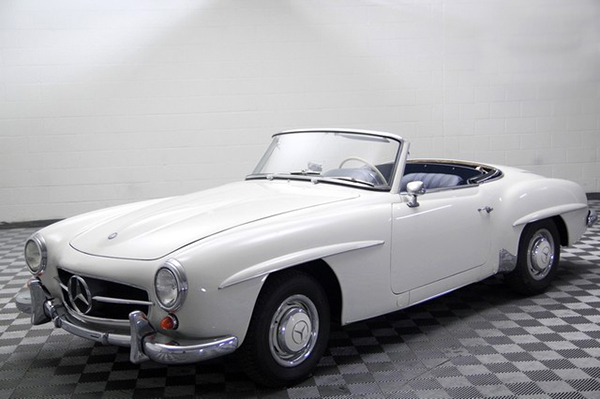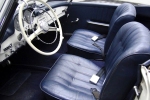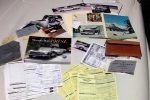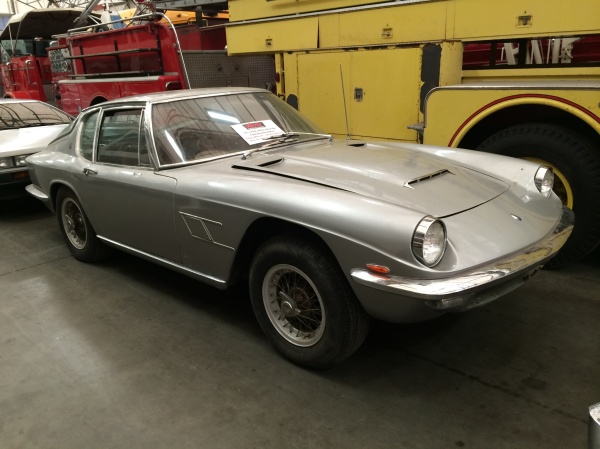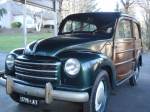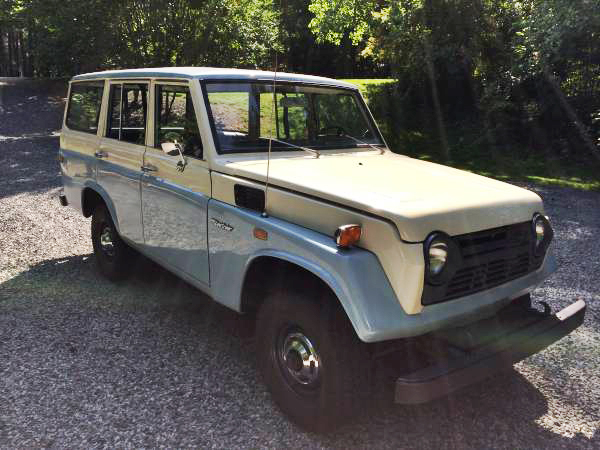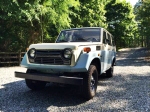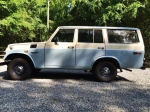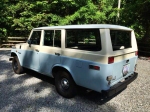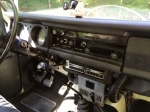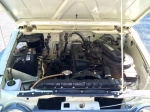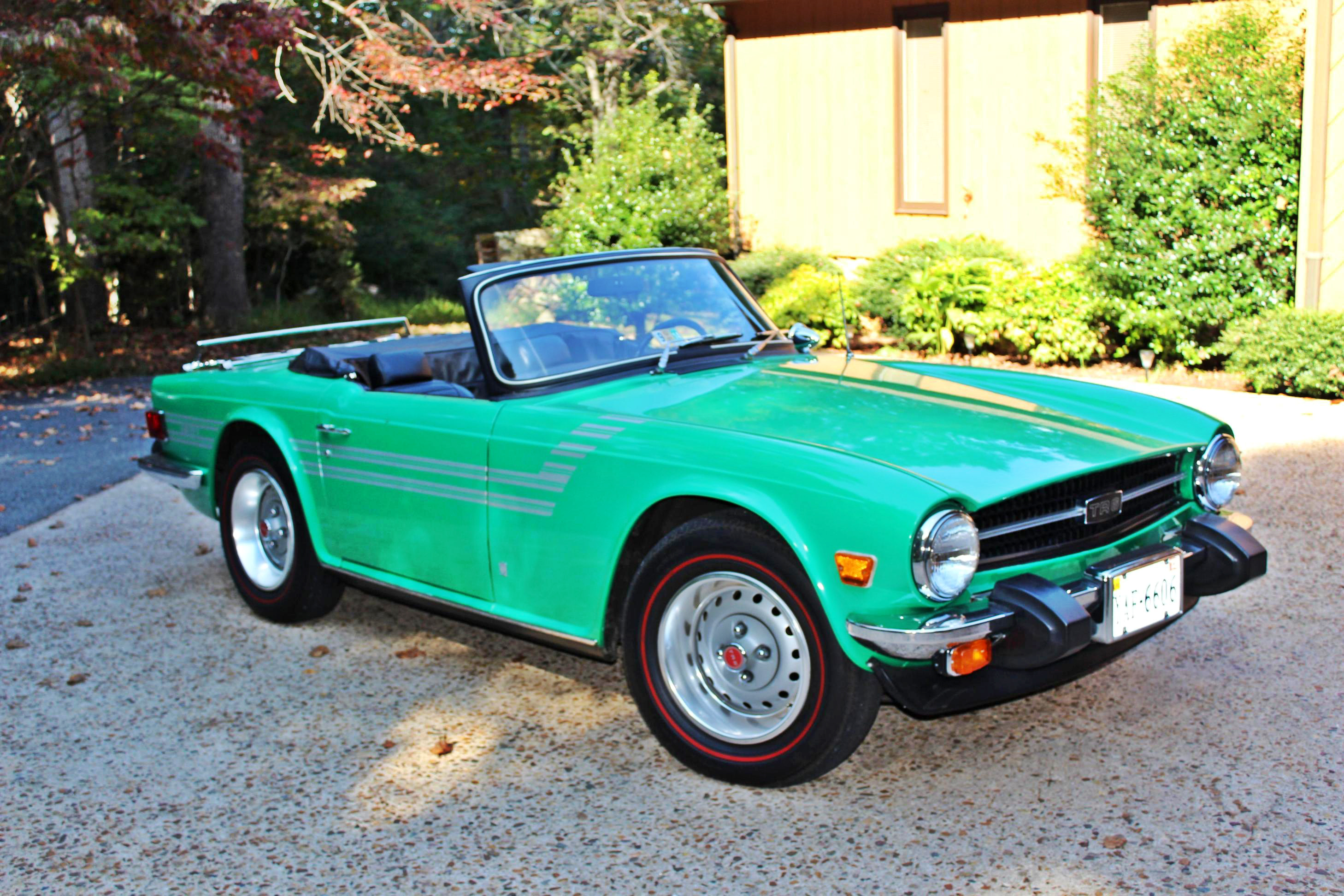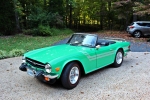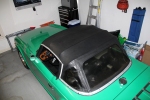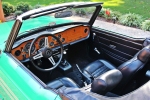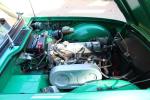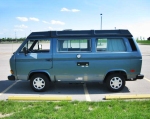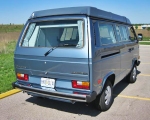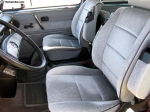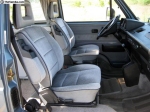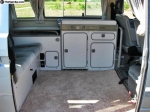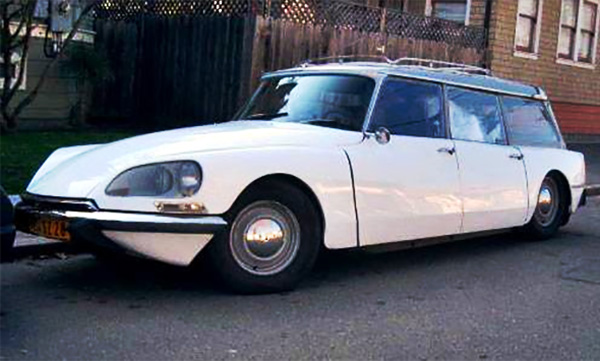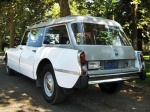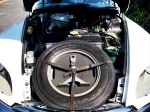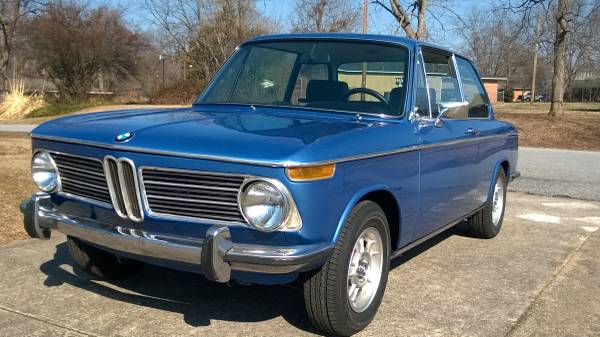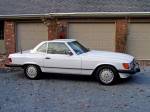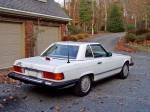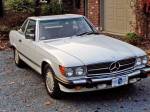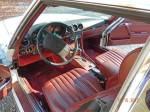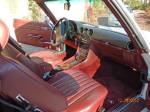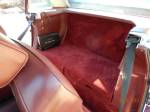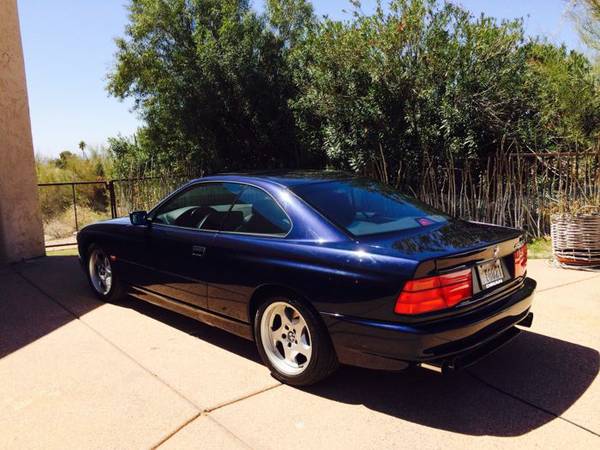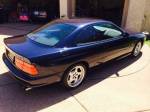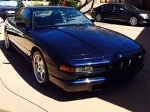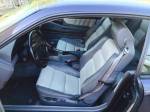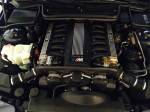As the smaller sibling of the legendary W198 300SL, the Mercedes-Benz 190SL was from a time when ‘Sports’ was still a genuine attribute to the ‘Sports Leicht’ model designation. Future generations, while sporting, leaned toward touring and became increasingly less leicht. Although its 1.9 litre inline four-cylinder put out less than half the horsepower of the 300SL (which was at the time the fastest production car in the world), it had much of the same character. Their resemblance, while not identical, is unmistakable. The W121 190Sl was somewhat heavier and less nimble than its contemporaries like the Porsche 356, Alfa Romeo Giulia, or Jaguar XK, but it was better planted and its fully independent suspension with double wishbones and stabilizer at the front, as well as power-assisted brakes delivered a more confident racy feel. This was further enhanced by the high-quality Mercedes-Benz construction. With 300SL prices soaring past the million-dollar mark, it’s no surprise that 190SL prices have been skyrocketing accordingly. Only a few years ago, it wasn’t unheard of to find a driver-quality 190SL for under $30,000. Today, that likely wouldn’t buy a rough project car. Most collector-quality 121s are into six figures. Today’s example appears to be an exceptionally well-kept one-owner 190SL with relatively low miles. It is said to have had a quality repaint in its original Ivory color at some point in the 90s and some of that is beginning to show some age. Its original interior however shows beautifully, as does the original motor (Webbers being used currently but original Solexes are included in the sale). Undercarriage is spotless. As a lifelong New Mexico and Colorado car, what minor rust there was in the boards has been addressed and the car sits today completely free of rust. Although not heavily optioned, it does include the hard top (~$300 in 1956 dollars), which judging from the condition of the soft top, must have been its primary cover. It is also well-document with its original service book, “instruction” manual and several service records including a recent $9,000 service, ensuring that the car is ready to go for its second owner. Find it here at Worldwide Vintage Autos in Denver Colorado with a Buy-it-Now on eBay of $97,000.
